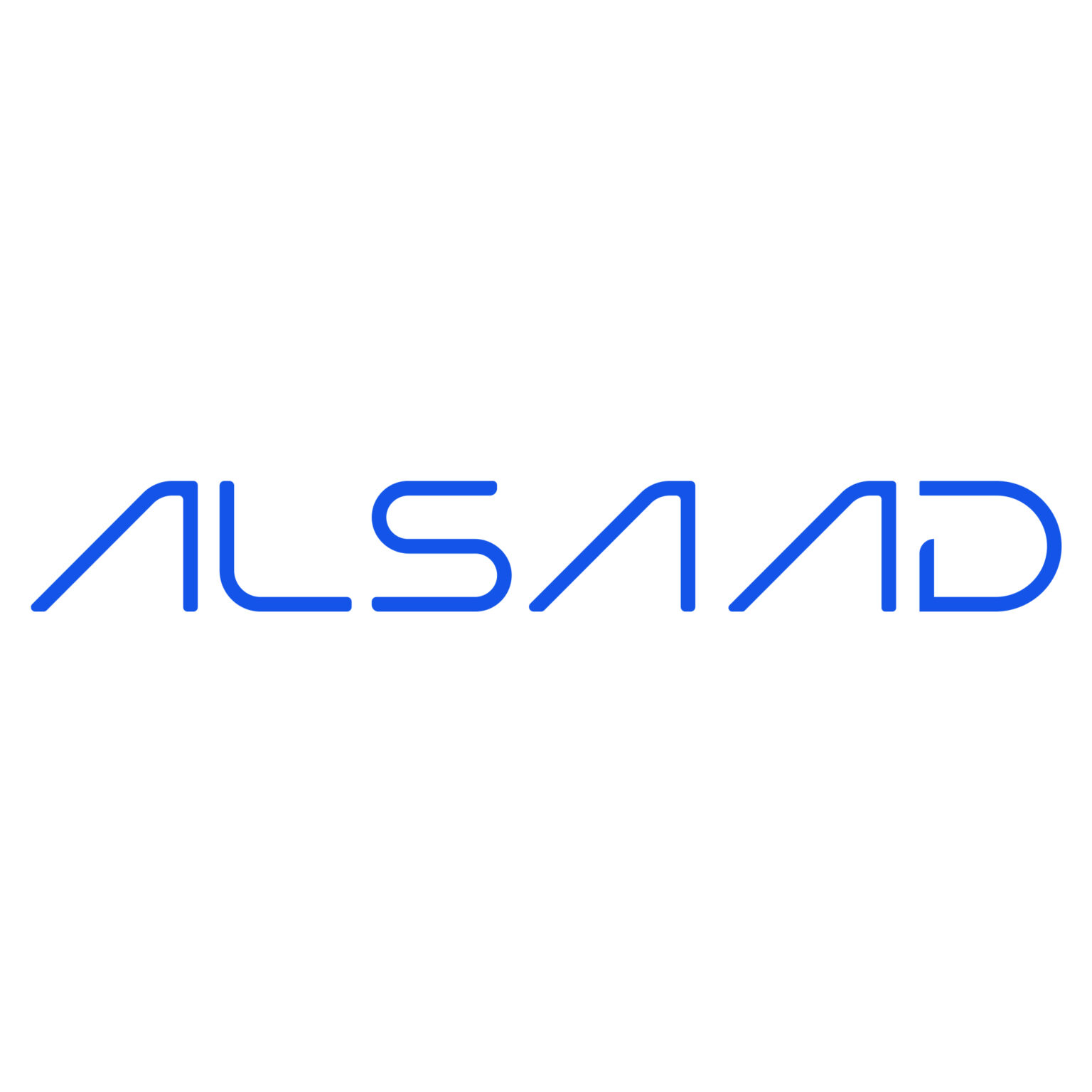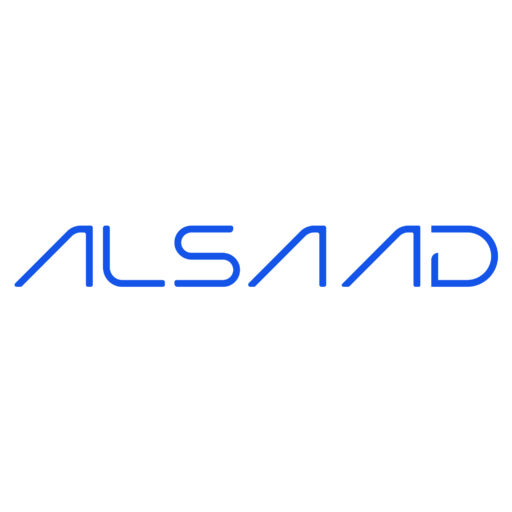The Direct Write off Method: How to Handle Bad Debts in the Books

In this example, the $85,200 total is the net realizable value, or the amount of accounts anticipated to be collected. However, the company is owed $90,000 and will still try to collect the entire $90,000 and not just the $85,200. This approach prevents sudden financial surprises when customers don’t pay. This method is straightforward but can distort financial reports if large amounts are written off unexpectedly. Businesses can only take a bad debt tax deduction in certain situations, usually using what’s called the “charge-off method.” Read more in IRS Publication 535, Business Expenses. The direct write-off method does not comply with the generally accepted accounting principles (GAAP), according to the Houston Chronicle.
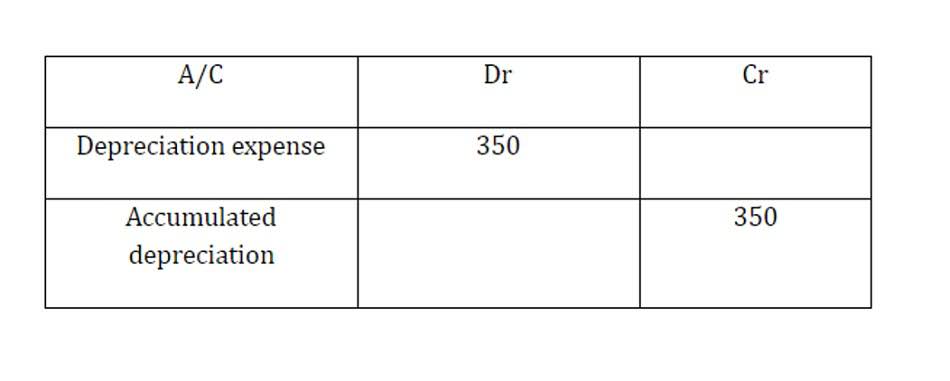
The Direct Write-Off Method vs. The Allowance Method
- The matching principle states that companies must record all expenses and the revenue connected to them in the same period.
- When it comes to large material amounts, the allowance method is preferred compared to the direct write-off method.
- Suppose a business identifies an amount of 200 due from a customer as irrecoverable as the customer is no longer trading.
- The calculation here is a few more steps but uses the same methodology used in all the other methods.
- Without careful monitoring, the balance in the account could grow indefinitely.
This would split accounts receivable into three past- due categories and assign a percentage to each group. You must record bad debt expenses only if you follow the accrual accounting system. If you follow the cash-based method of accounting, you’ll only record revenue once the payment physically arrives in your company’s bank account. If a sale on credit turns out to be uncollectible, in the cash method there isn’t a need to cancel out the receivable with the bad debt expense. From the perspective of a small business owner, the direct write-off method is appealing due to its simplicity. There’s no need to estimate bad debts Accounting Security or create an allowance for doubtful accounts, which can be a complex process requiring adjustments in future periods.
Percentage of Receivables
The longer a debt has been outstanding, the less likely it is that the balance will be collected. The aging method breaks down receivables based on the length of time each has been outstanding and applies a higher percentage to older debts. The contra-asset, Allowance for Doubtful Accounts, is proportional to the balance in the corresponding asset, Accounts Receivable.

Trial Balance
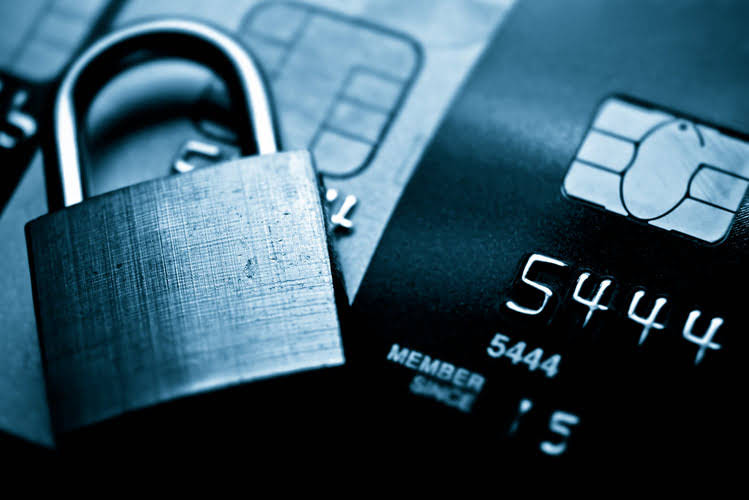
As the accountant for a large publicly traded food company, you are considering whether or not you need to change your bad debt estimation method. You currently use the income statement method direct write-off method to estimate bad debt at 4.5% of credit sales. You are considering switching to the balance sheet aging of receivables method.
By adjusting accounts receivable for estimated bad debts, the balance sheet reflects the net realizable value of receivables, providing stakeholders What is bookkeeping with a clearer understanding of what the company expects to collect. Net realizable value is the amount the company expects to collect from accounts receivable. When the firm makes the bad debts adjusting entry, it does not know which specific accounts will become uncollectible. Thus, the company cannot enter credits in either the Accounts Receivable control account or the customers’ accounts receivable subsidiary ledger accounts.

